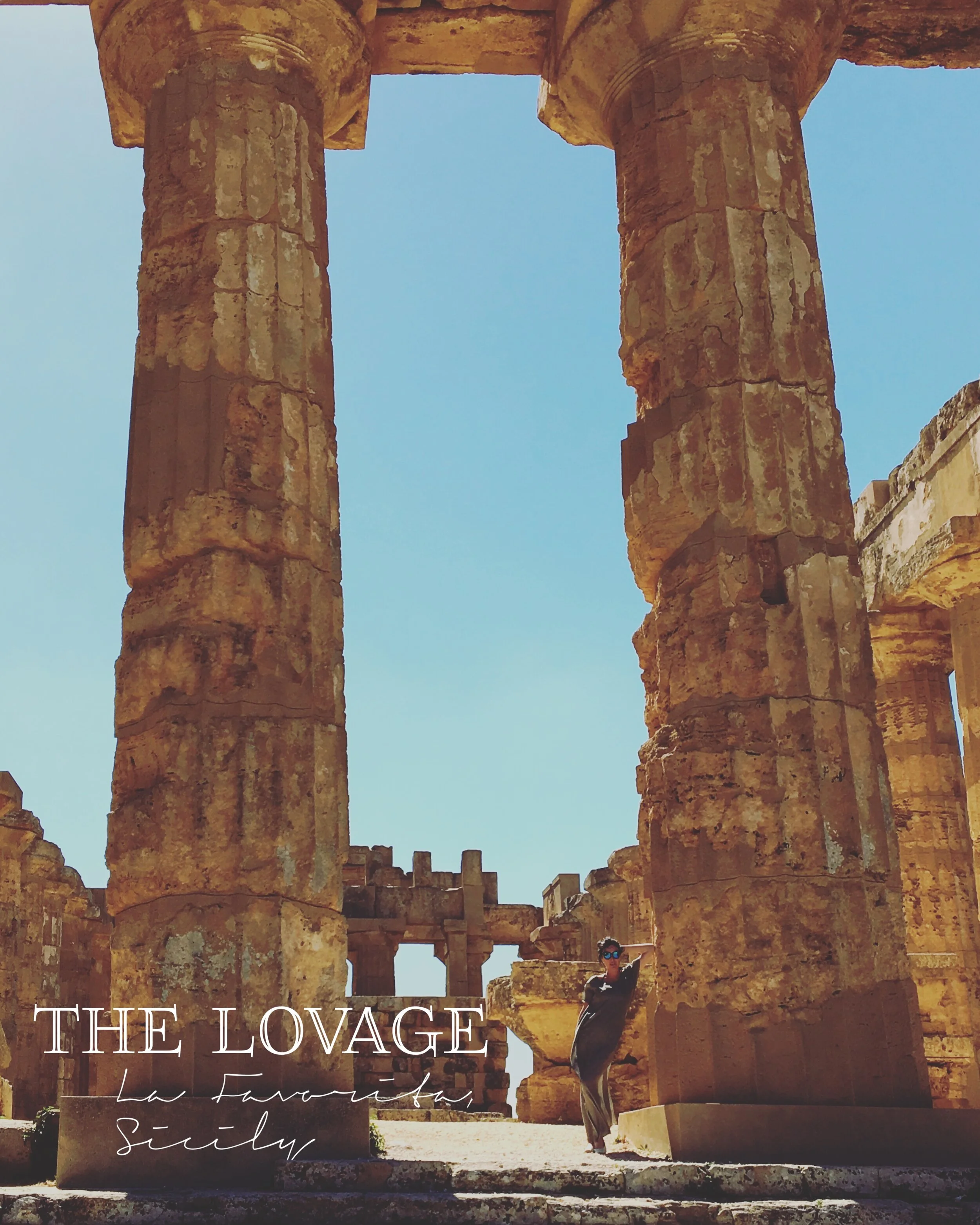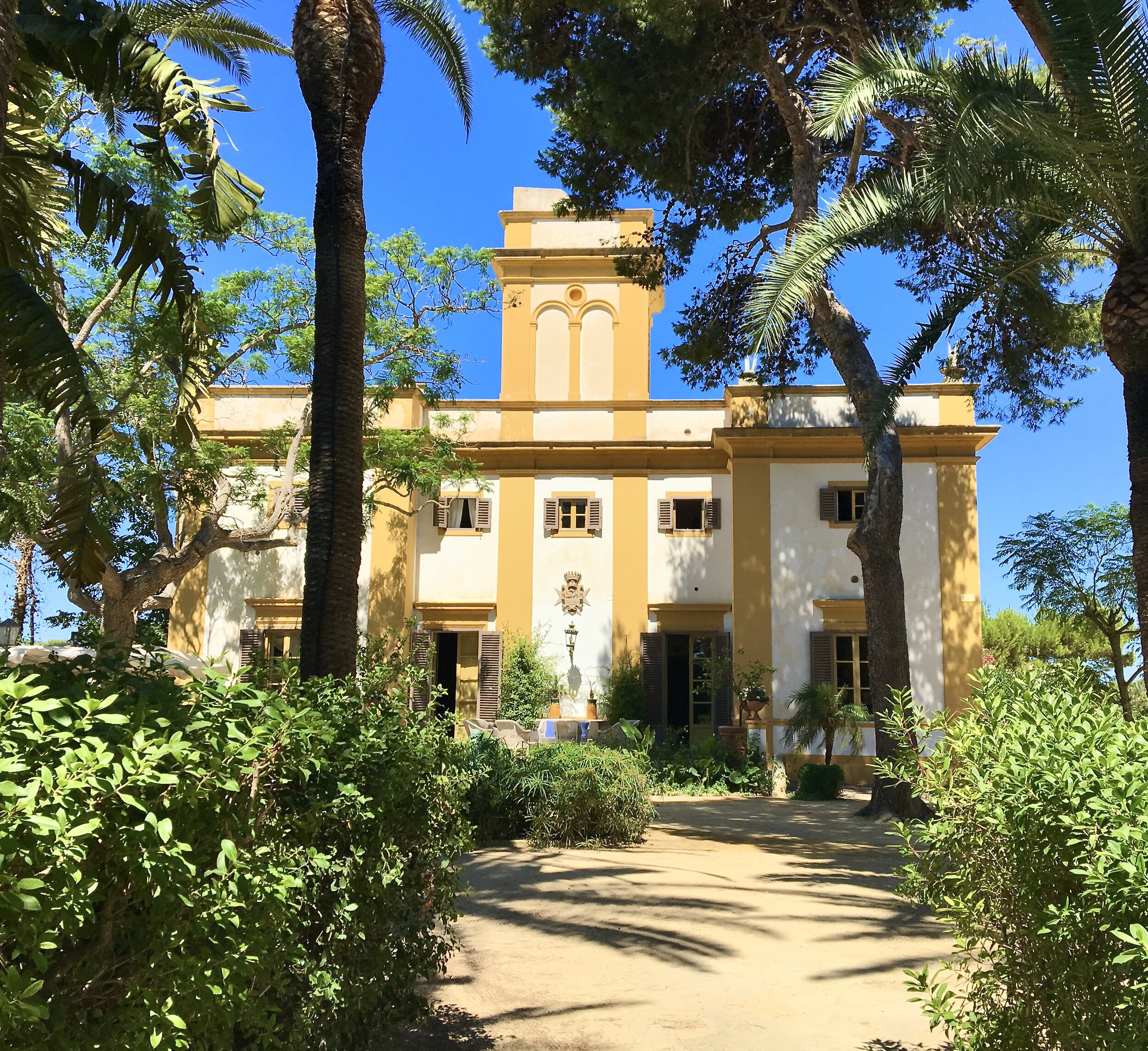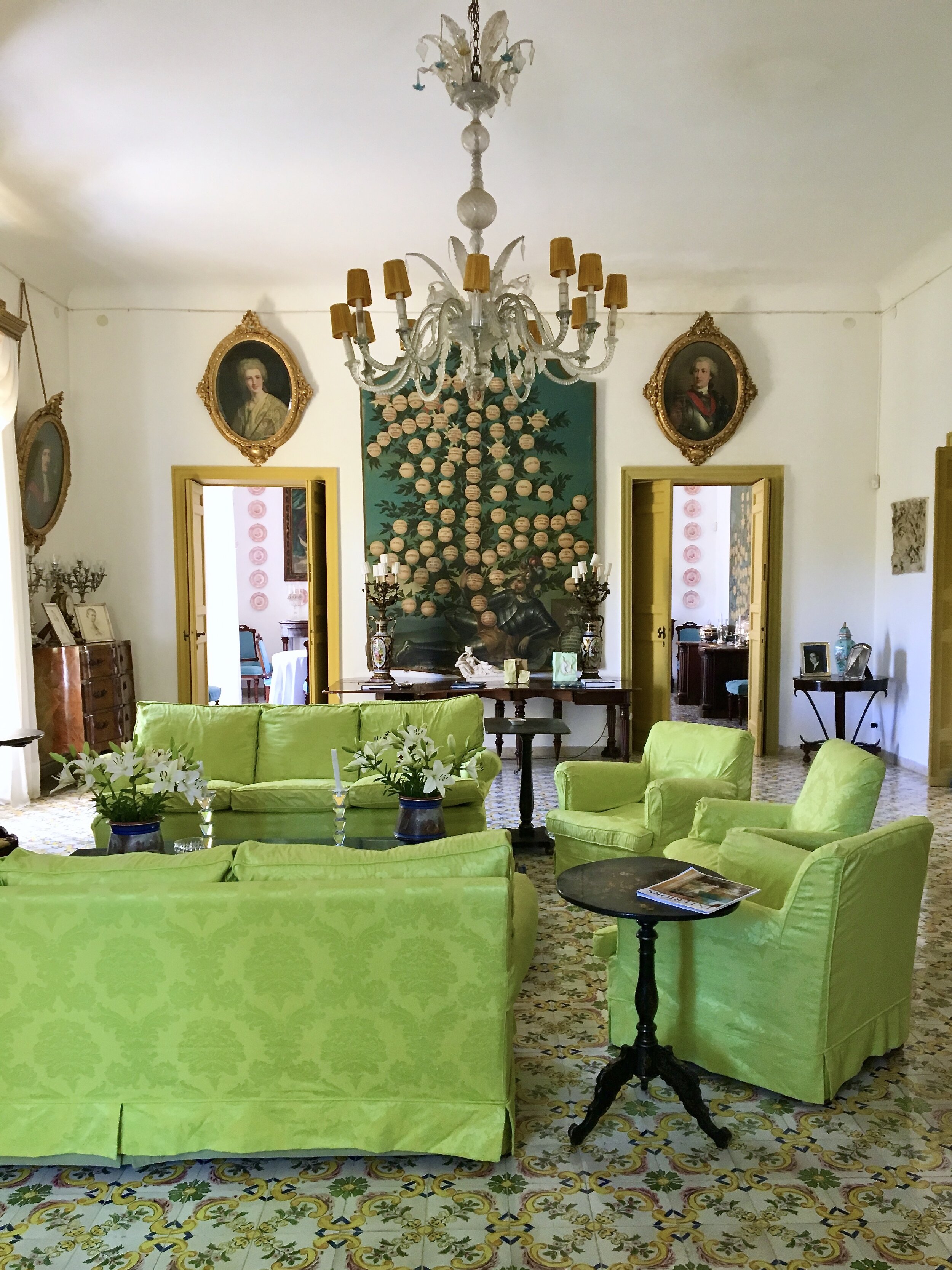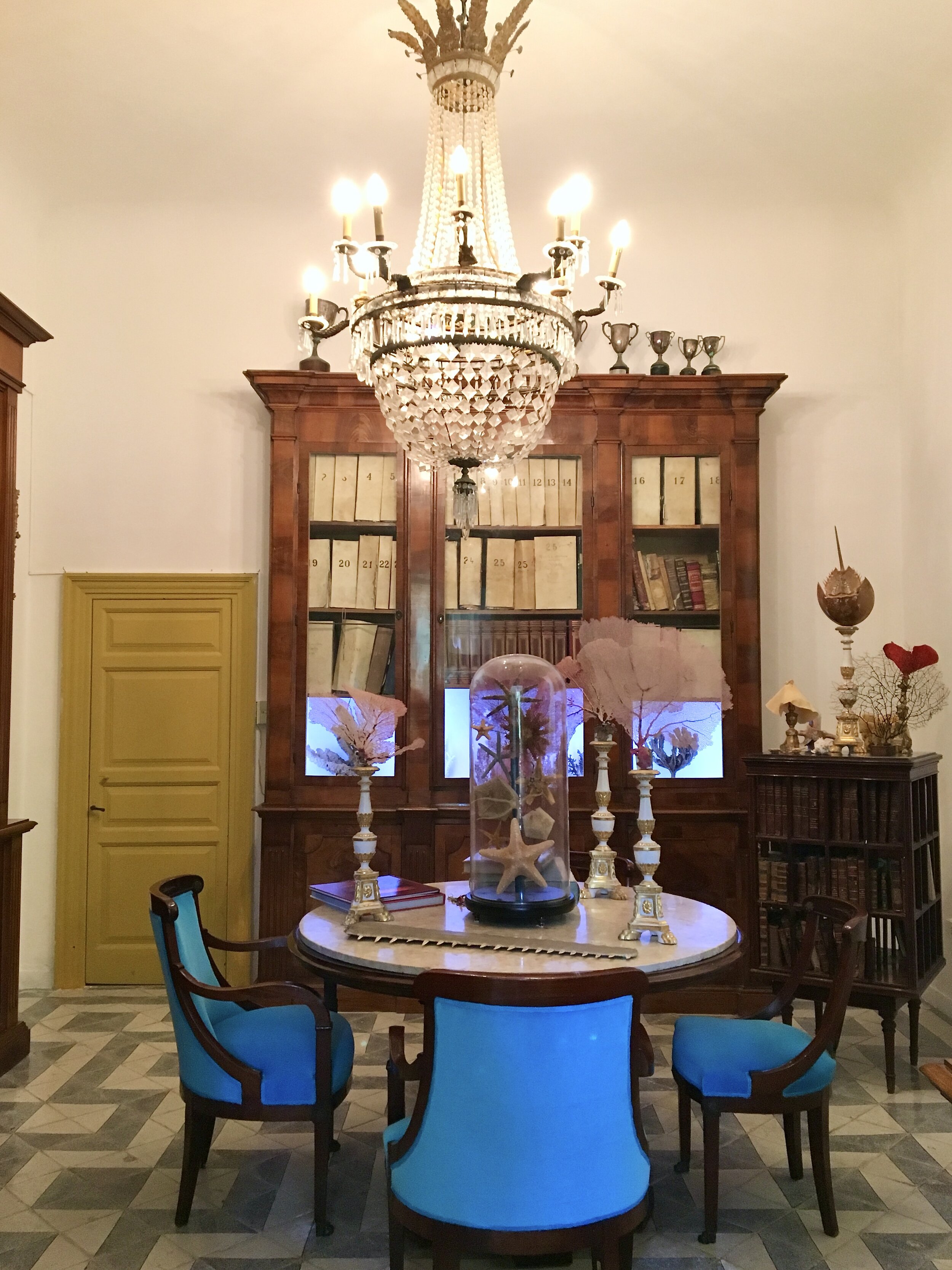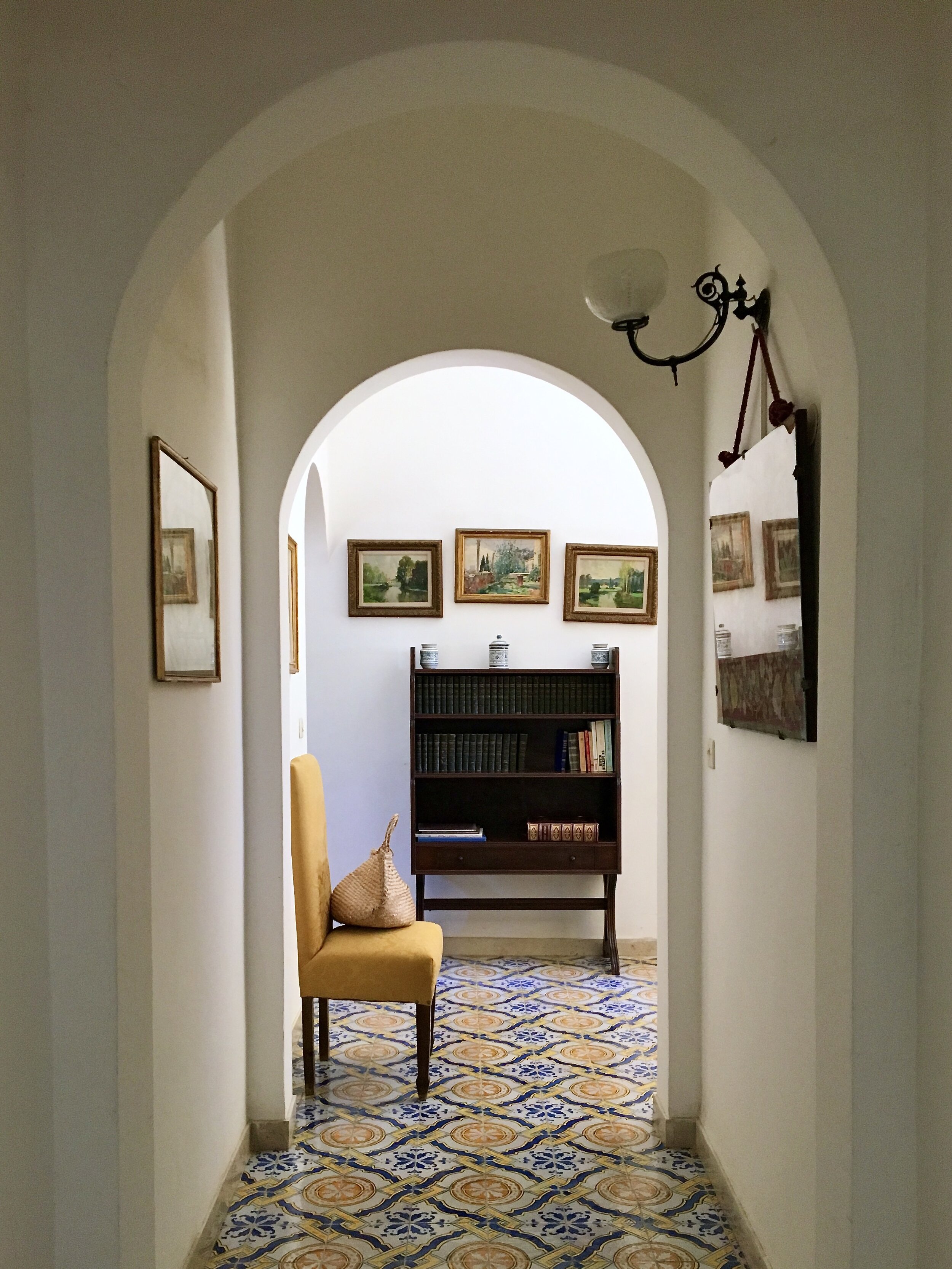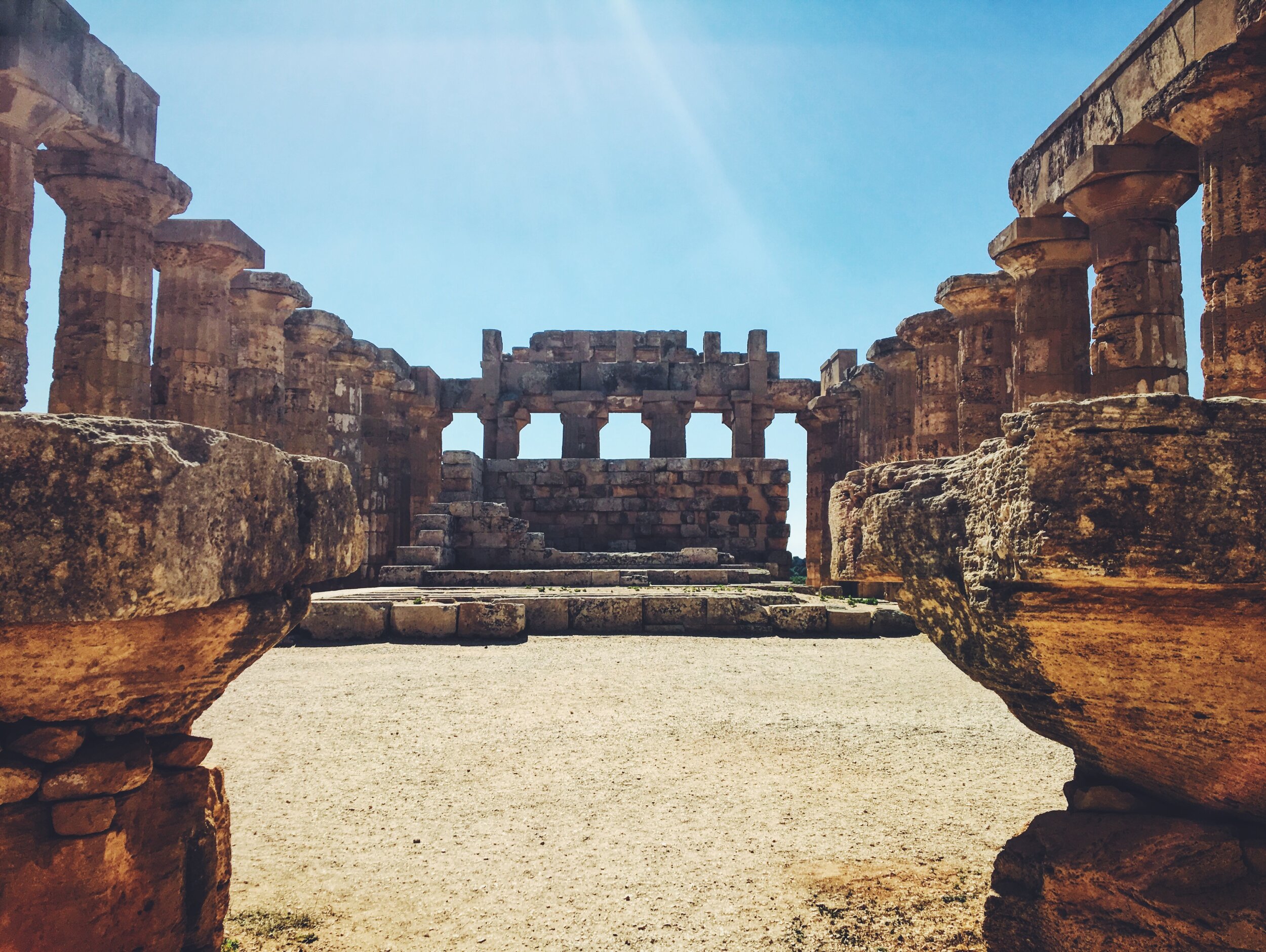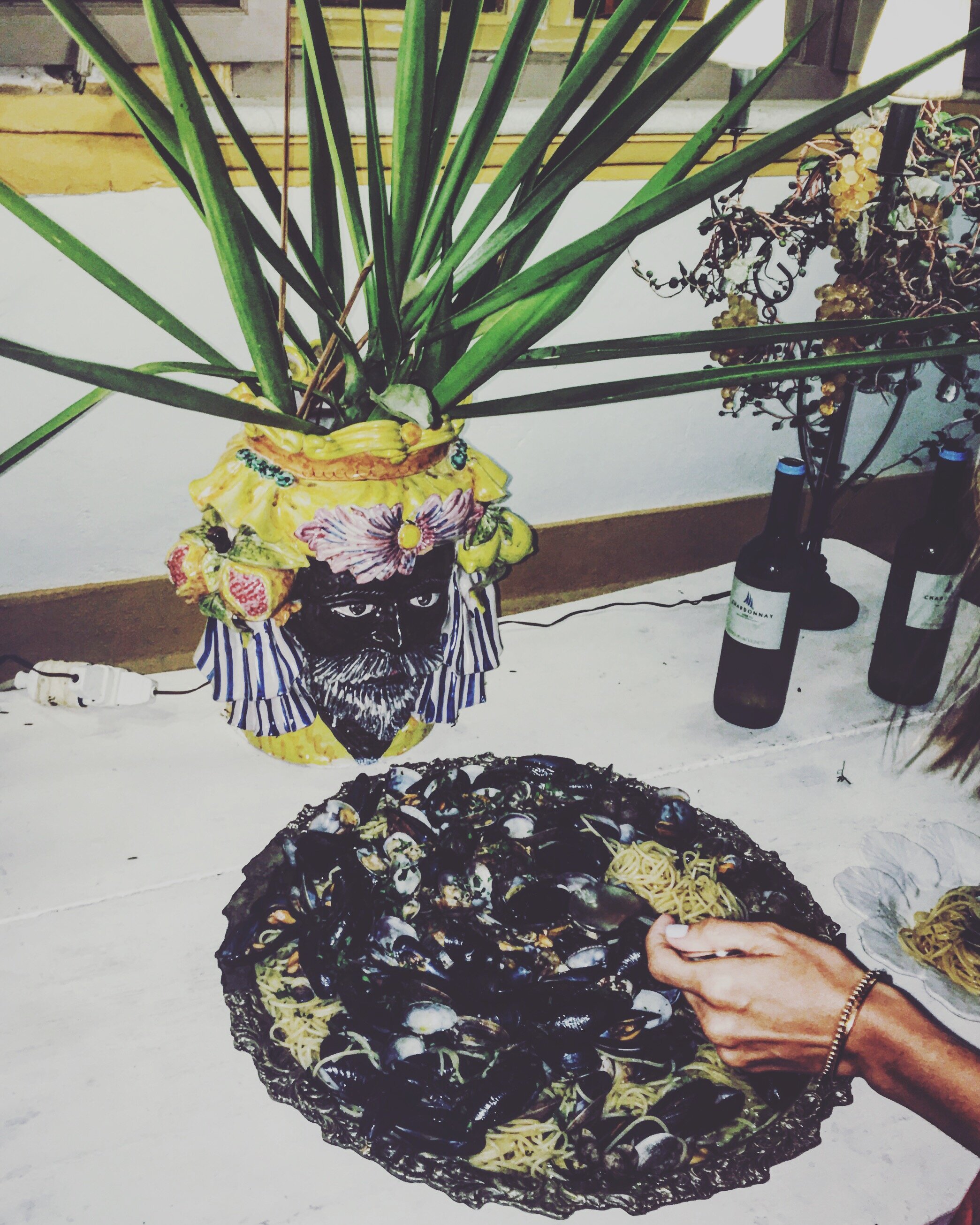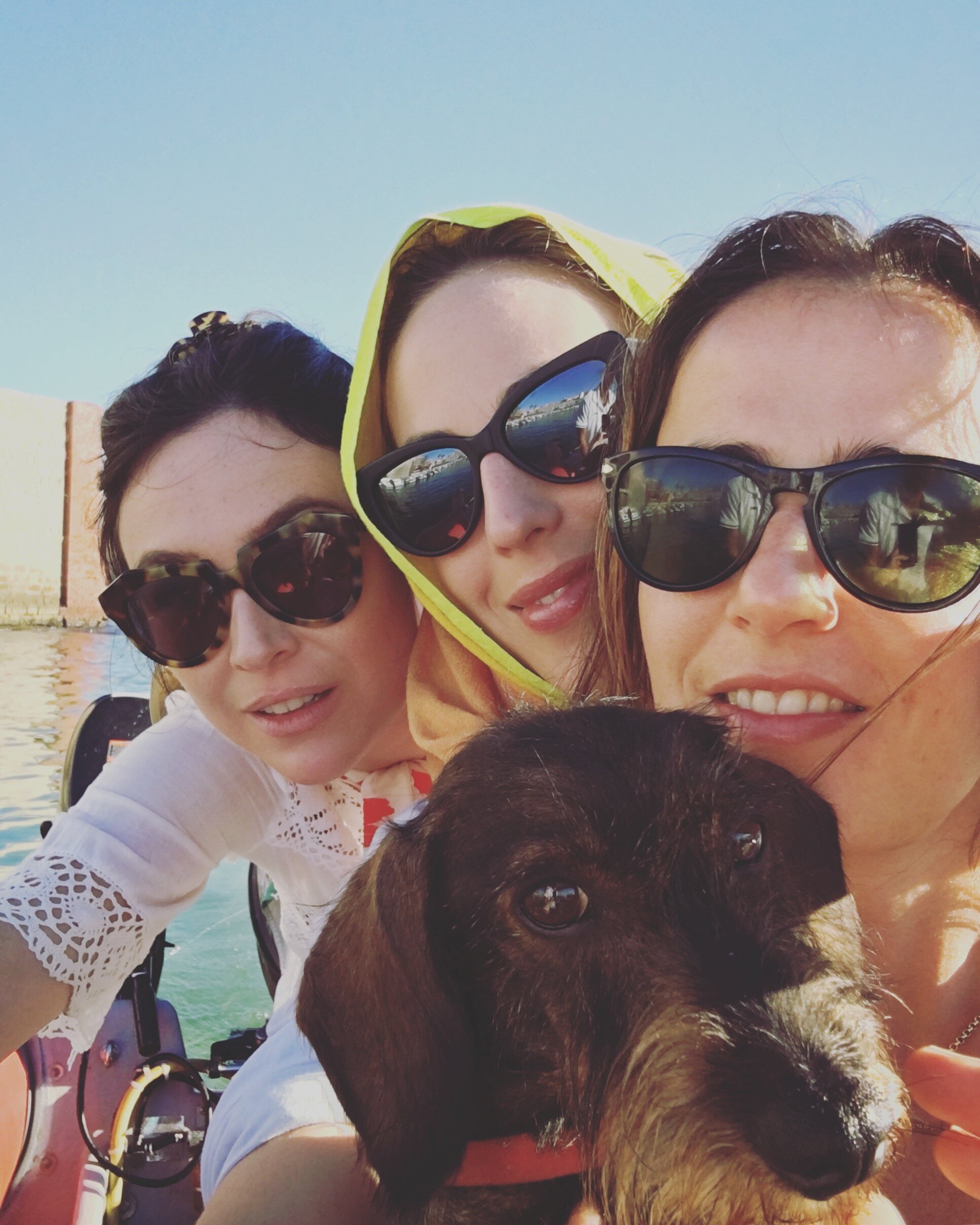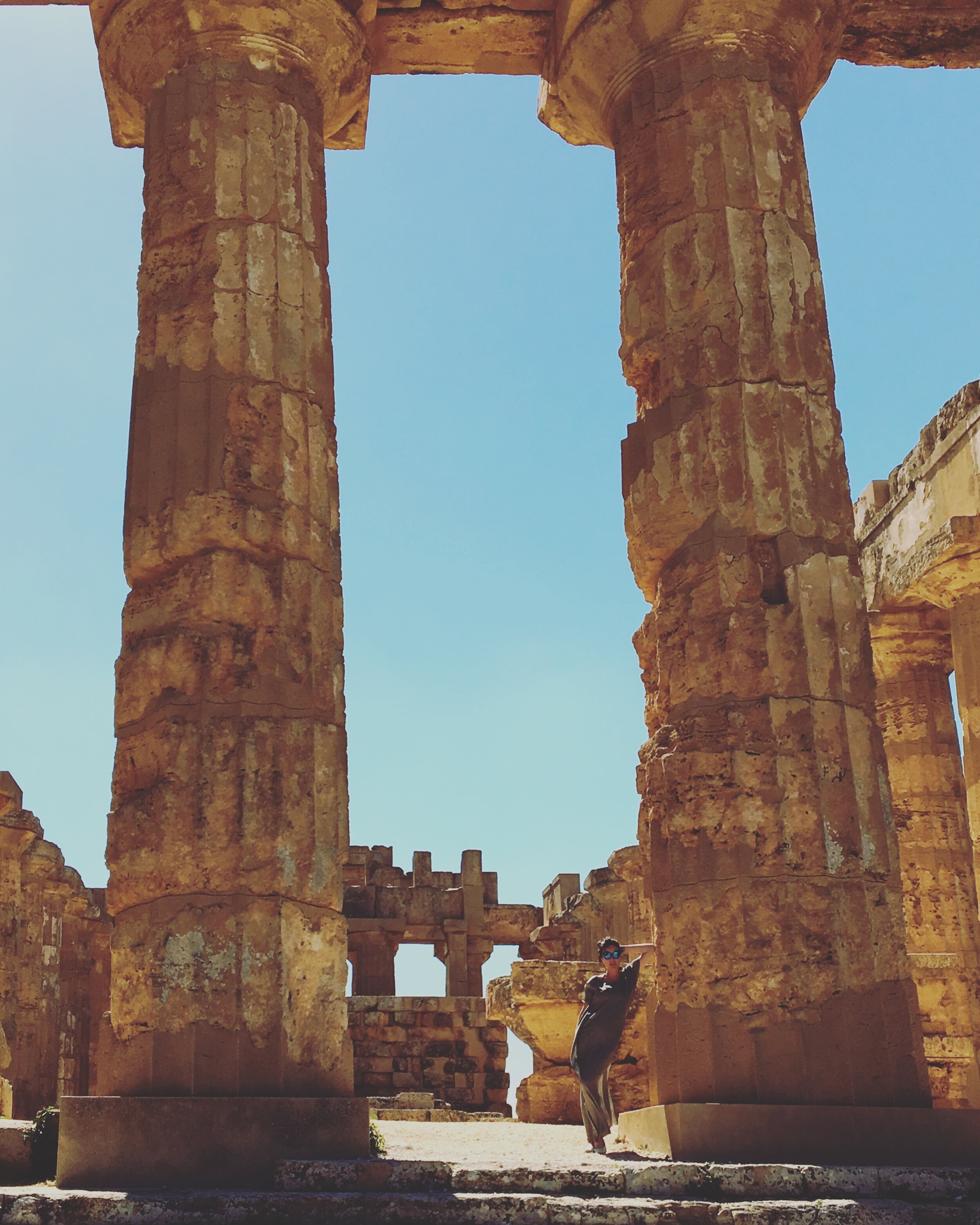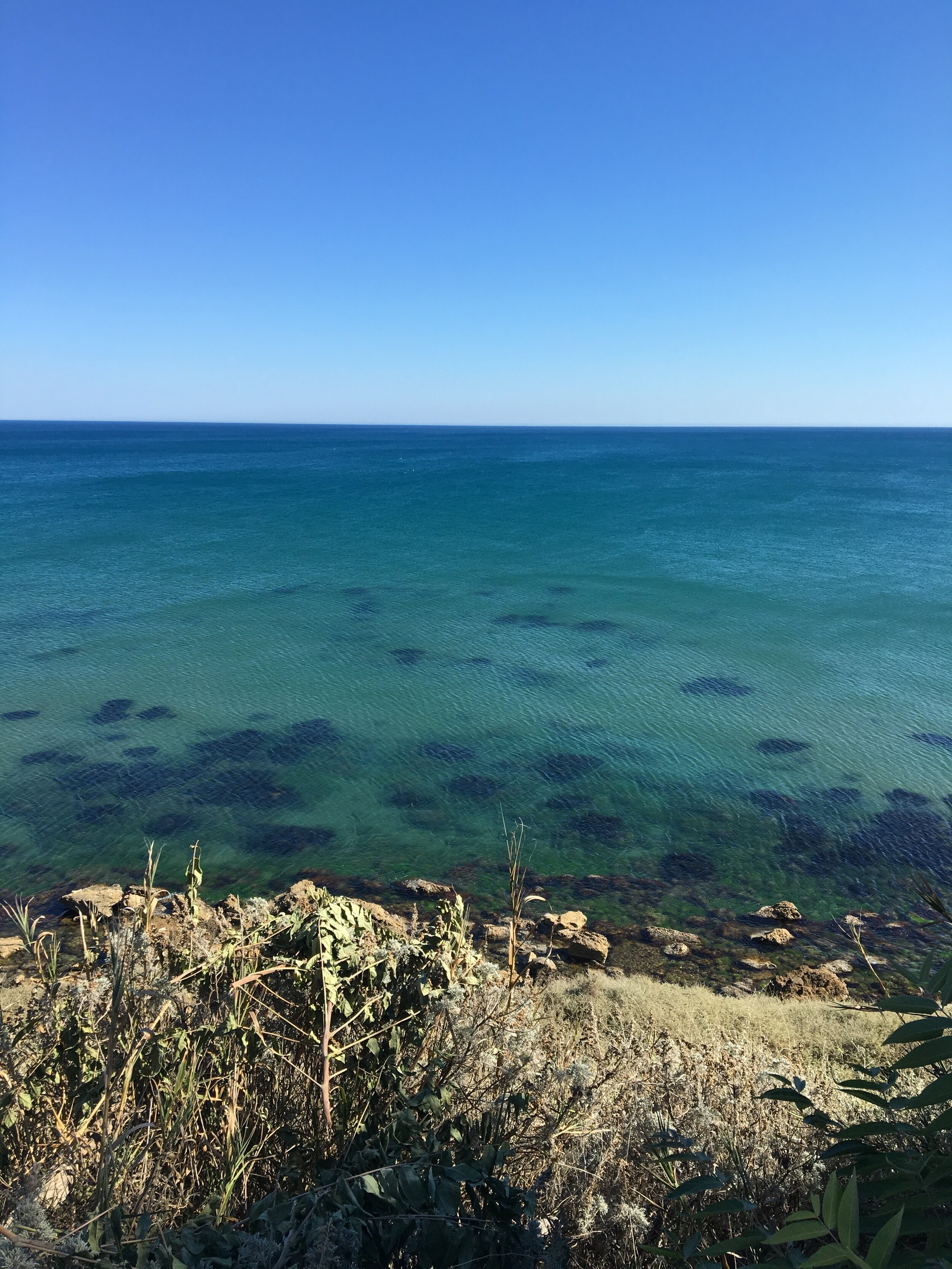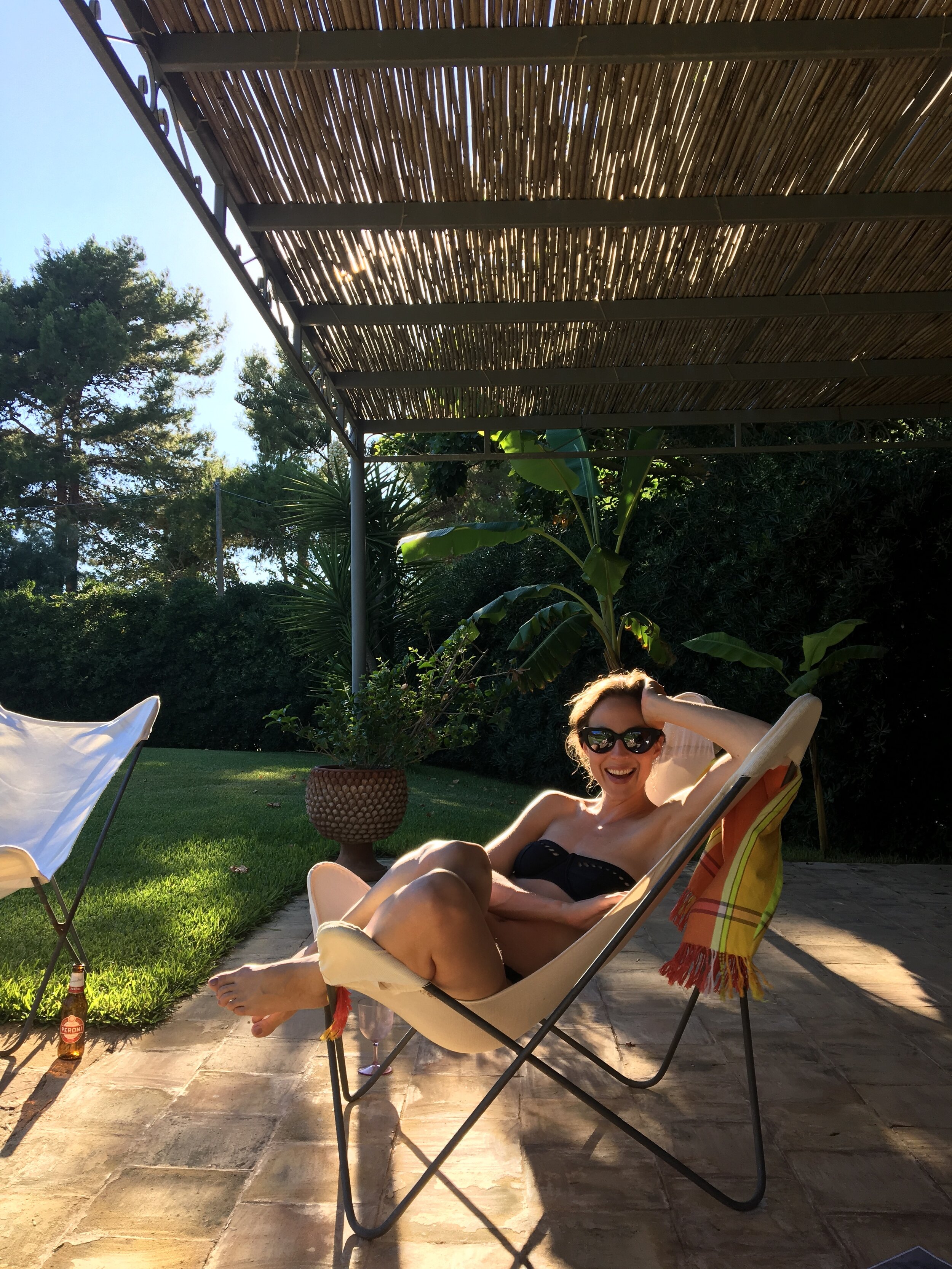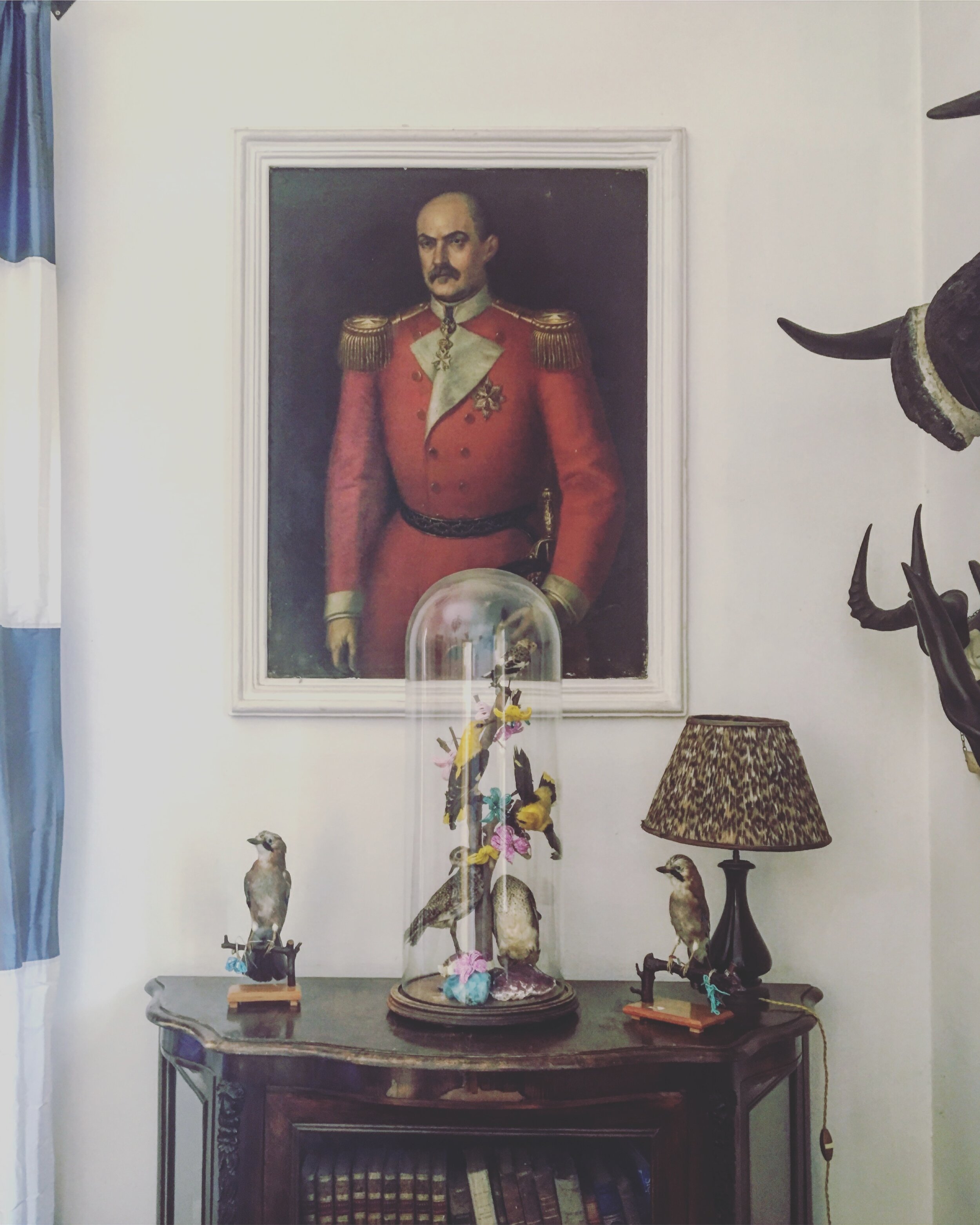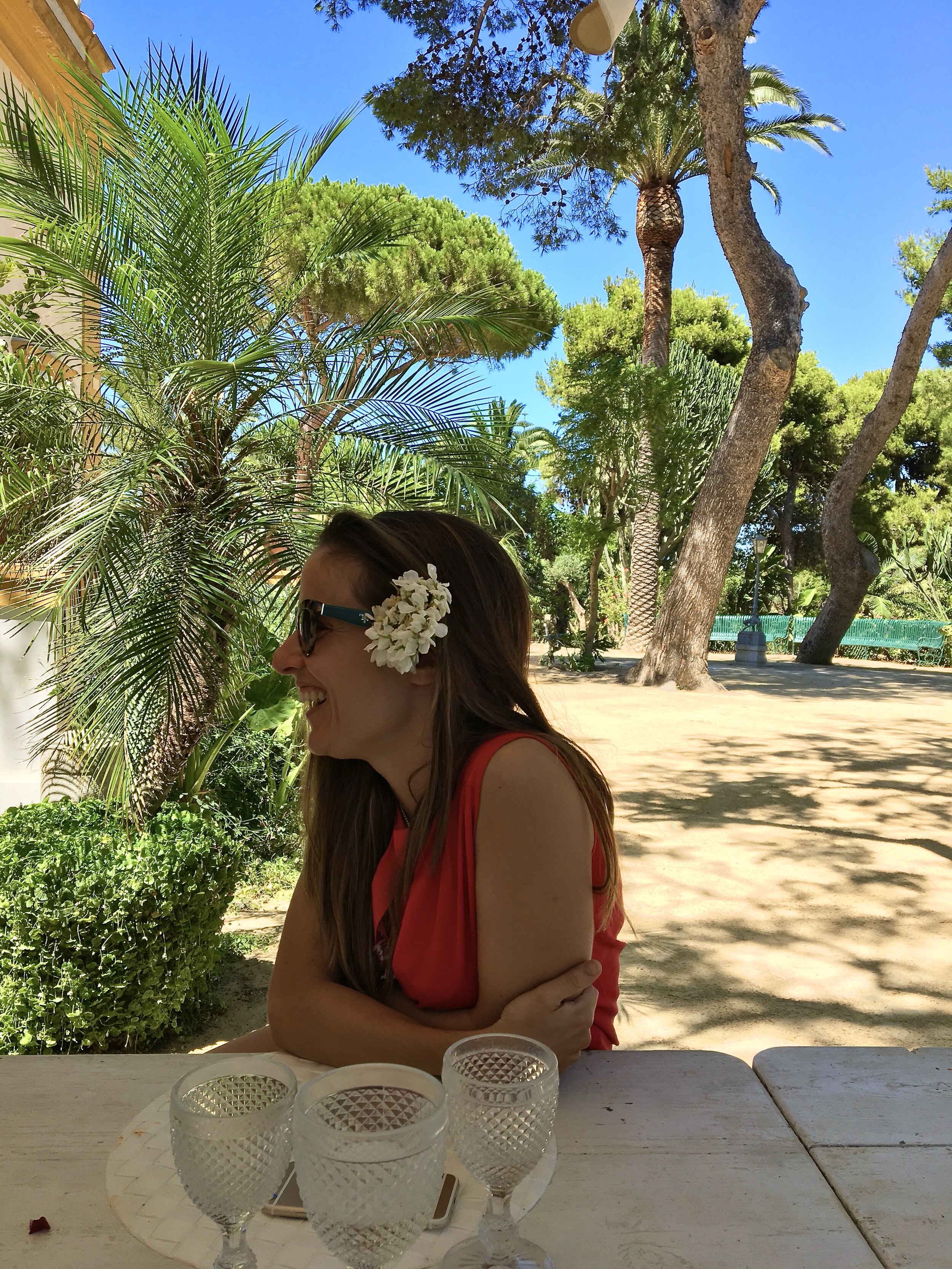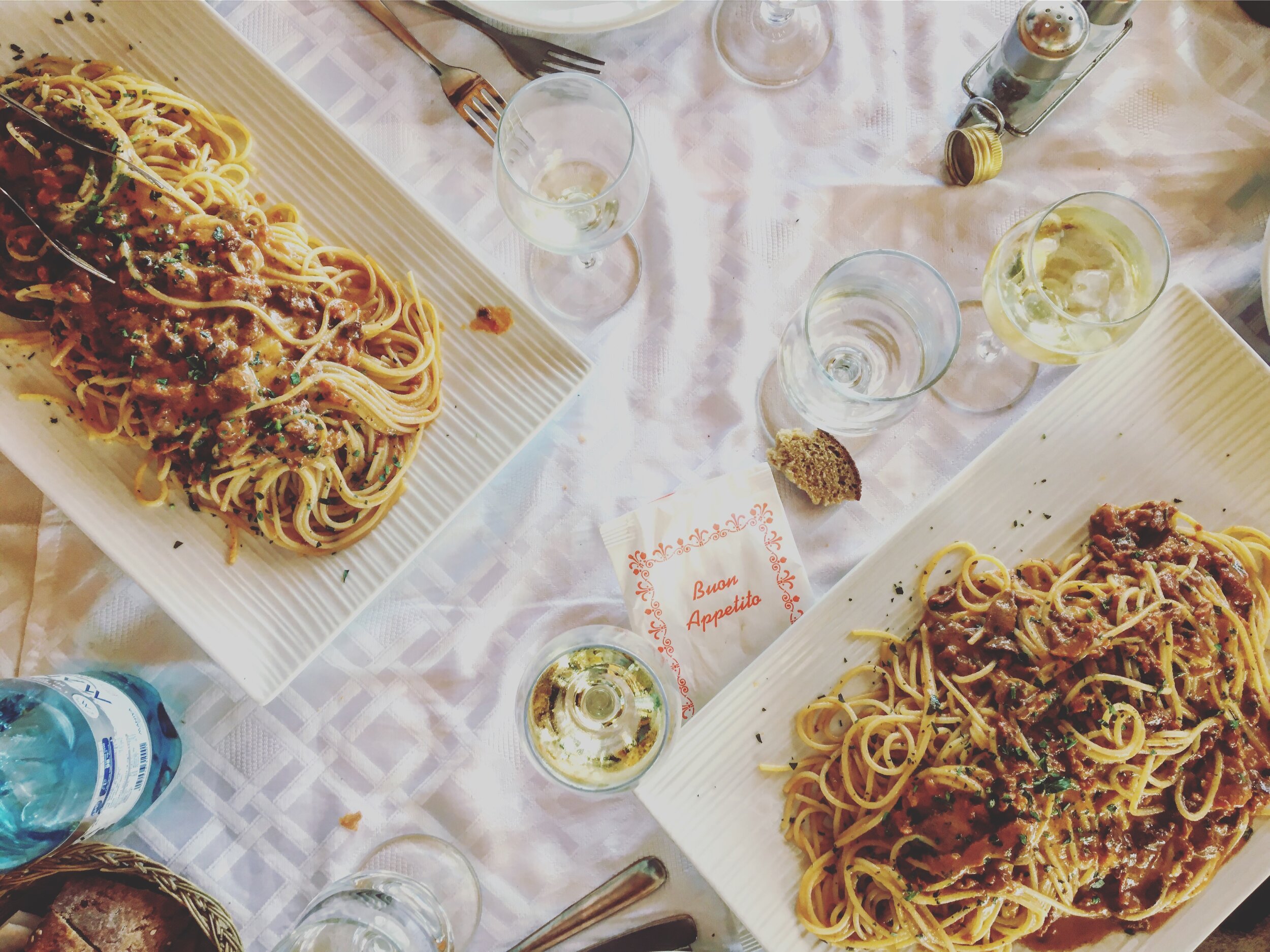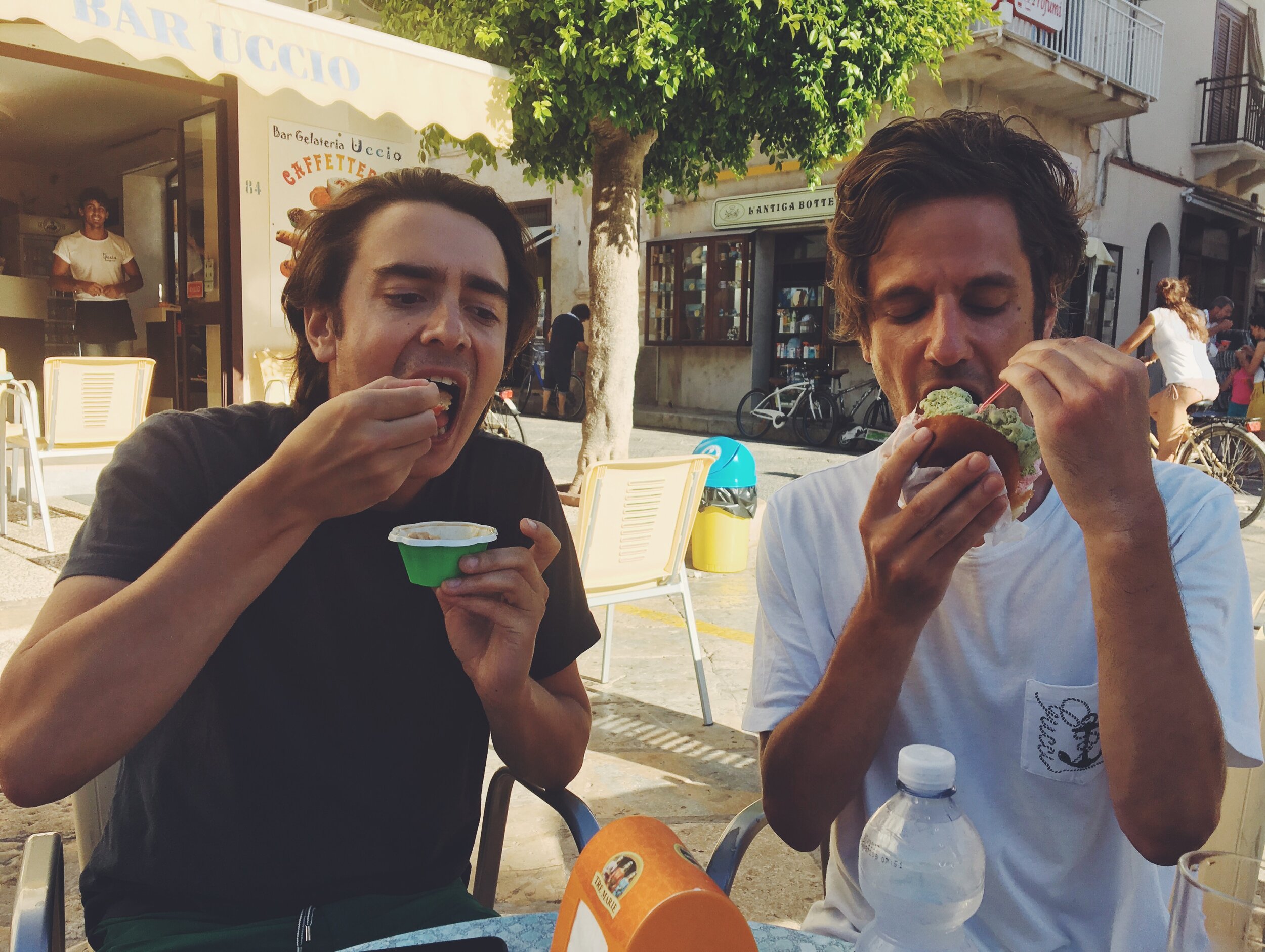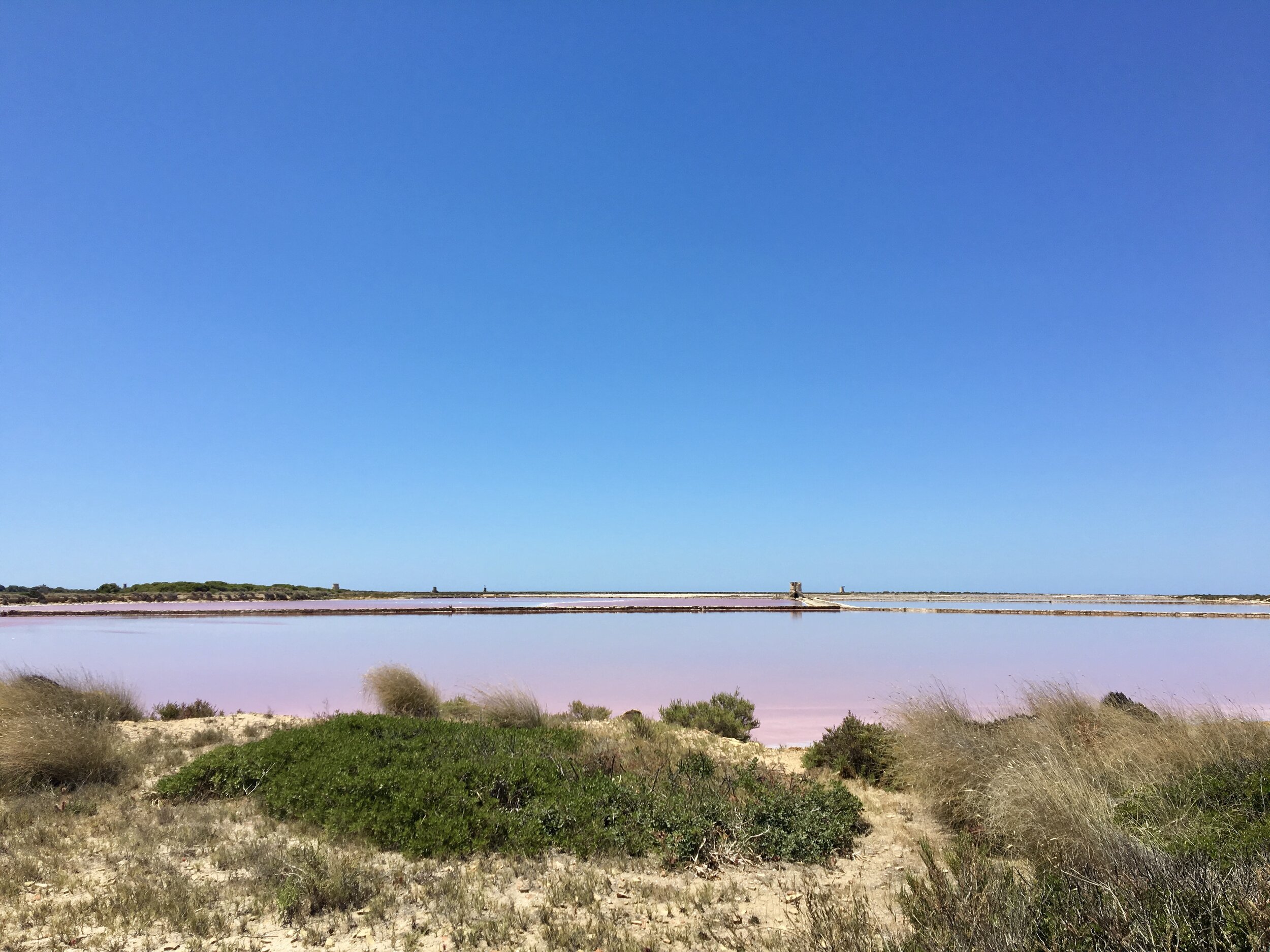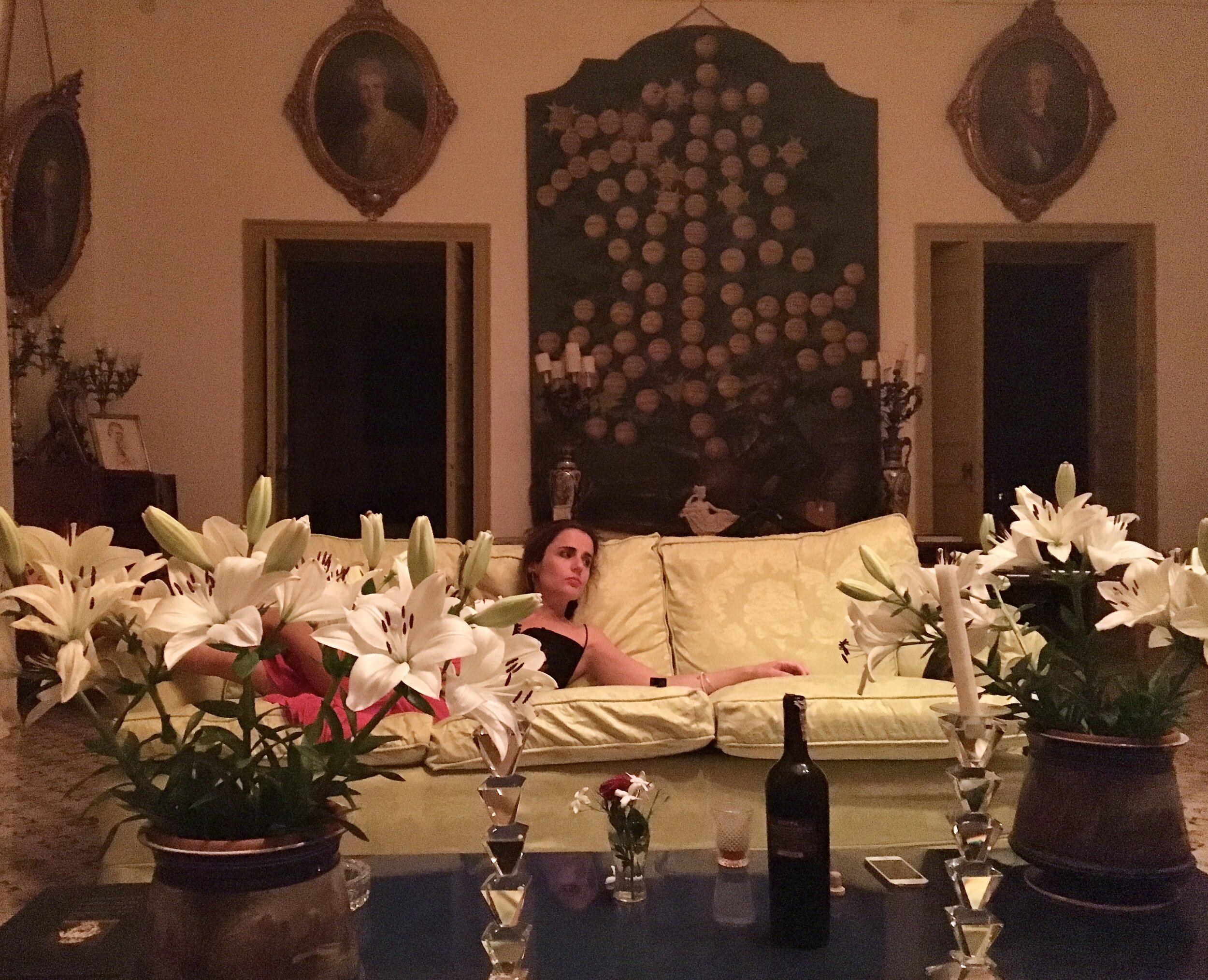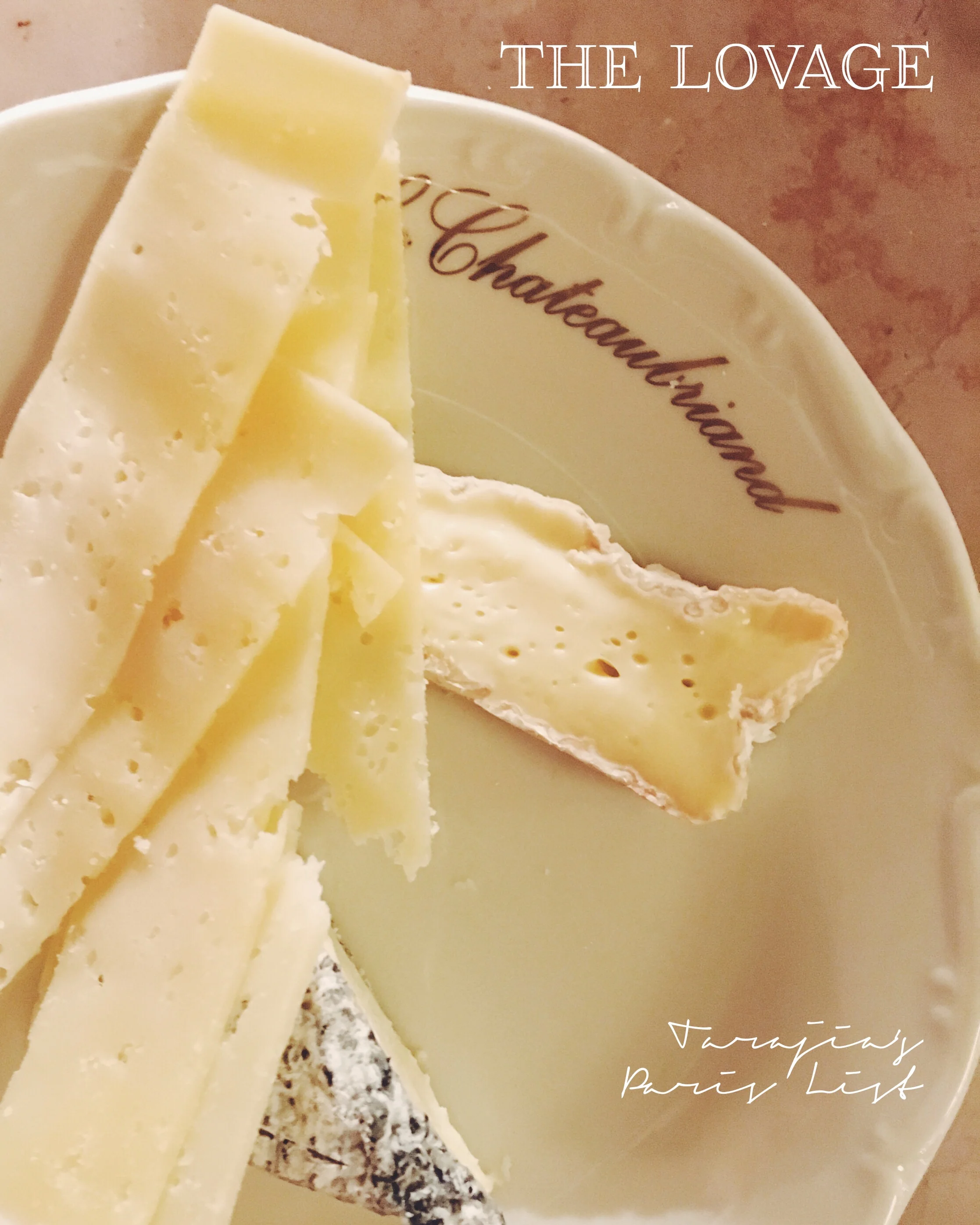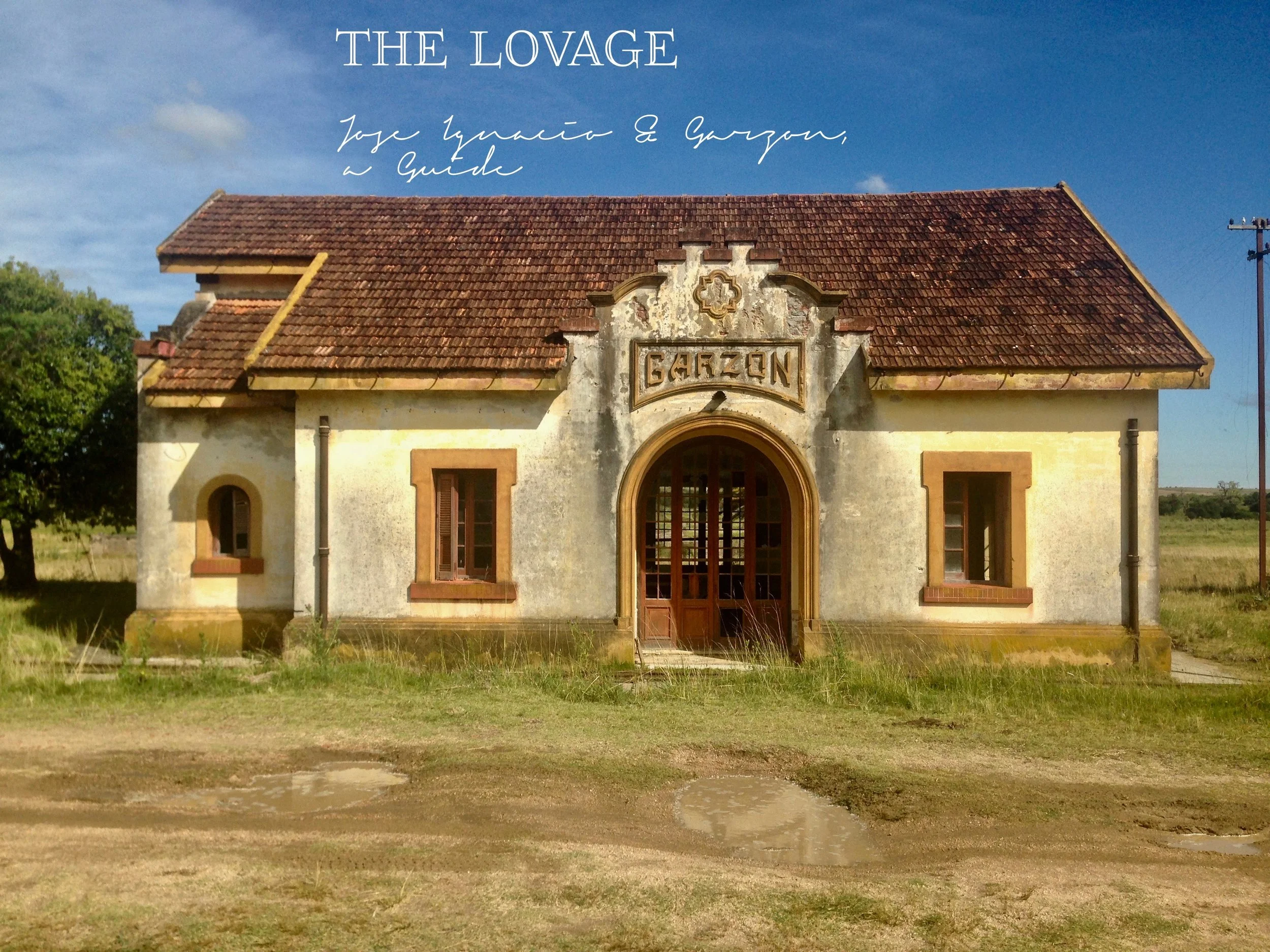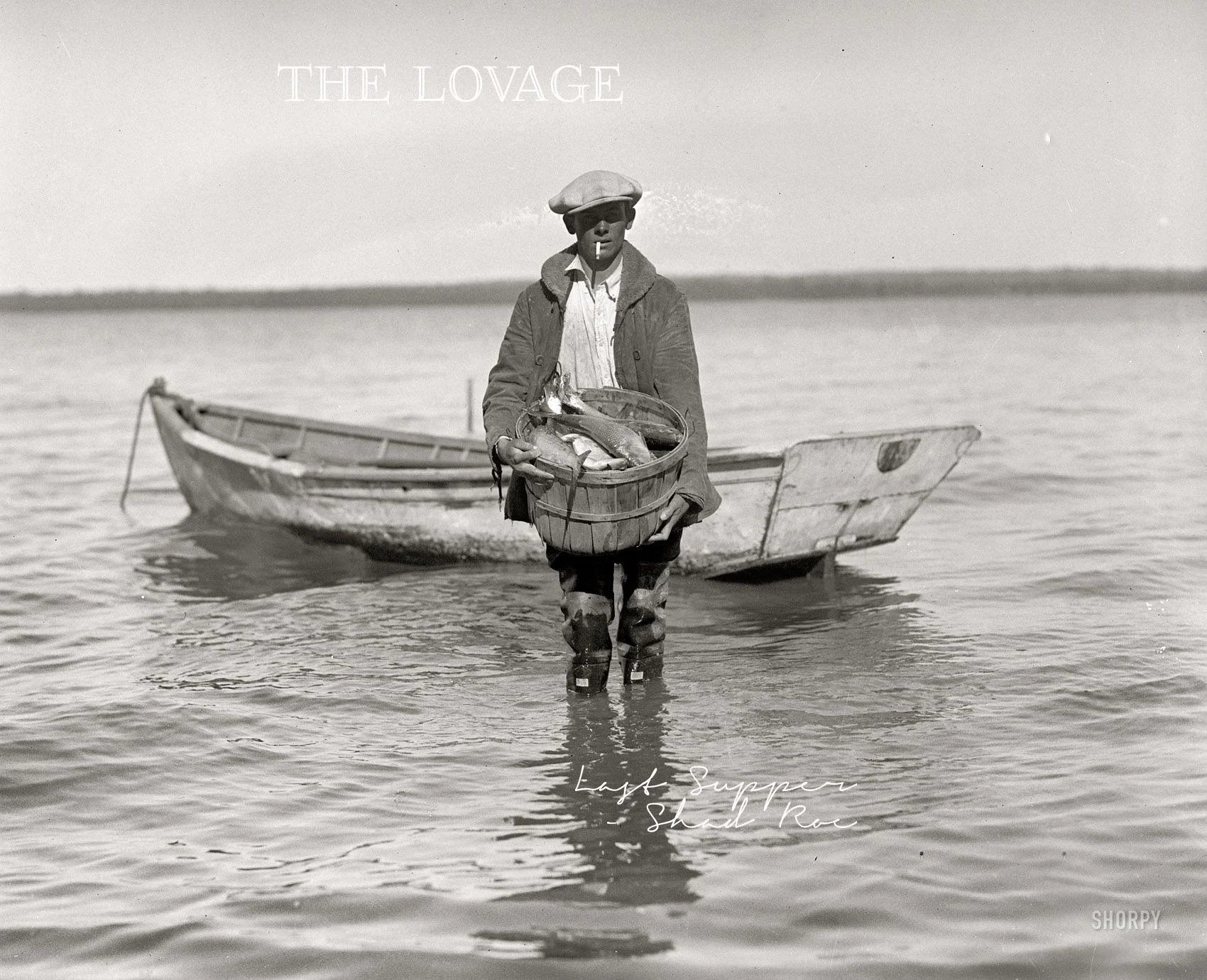The Lovage, A Diary: La Favorita, Sicilia
Villa La Favorita, Sicily
When you’re invited to a friend’s villa in Sicily, you go.
My dearest and oh-too-infrequently seen pals, Stephanie and Lily were descending upon our friend Guillaume’s family home in Marsala for a week of Sicilian sunshine, spaghetti and shenanigans, and somehow I was lucky enough to be included. Guillaume is half French and half Sicilian, and the villa of which I speak, La Favorita, was built in 1840 as a hunting lodge by his great-great-grandad. There Grandpa de Sarzana would disappear with his male cronies to stalk prey by day and for cigar smoky, marsala-soaked nights without the distraction of the fairer sex (no bustles or trailing skirts crossed the threshold here, hence the narrow stone staircase). Nearly two centuries later, the grand sorbet-colored structure is holiday home to Guillaume’s parents, Bernard Giraud and Contessa Elisabetta de Sarzana, who has lovingly restored it with such aplomb that it likely surpasses even its original splendor.
Oval oil paintings of the French royal family (including Marie Antoinette) gaze out from the living room walls, joined also by the countess’s great grandmother, a Louisiana-born beauty in blue, who, due to her husband’s insatiable jealousy, experienced a cloistered end in the family’s former Marsala palazzo. Enormous verdant oil paintings of the family tree grace walls in the living and dining rooms, juxtaposed by luxurious chartreuse-colored sofas and turquoise velvet chairs, respectively. The countess’ aesthetic and color sense are as exceptional and majestic as her heritage.
In a room off of the more masculine study, Elisabetta has created a glowing cabinet of delicate curiosities. Exquisite natural objets from the sea — coral, shells, sponges and velum-covered books — rest safely behind glass beneath a glistening crystal chandelier. It’s a cave of femininity in which to reflect on the beauty of the natural world. The color scheme is in keeping with the vista from the pink salt flats nearby, where blue skies kiss the lilac shallows and flamingos balance brilliantly.
Here one tells the time by meals: leisurely breakfasts; lunches of perfect pasta, like penne Siciliana — with tomato and roasted eggplant — so simple you’d think you could recreate it at home (but in fact one never could compete with chef Daniela’s formidable kitchen feats). Long dinners with little ones — the rascal putto Patrizio and the beguiling Maria Lavinia, Guillaume’s niece and nephew — making us laugh. The food is endless. A vat of steaming, fragrant spaghetti vongole, arrives one evening and our hostess urges us to serve ourselves so that we may all enjoy it when it’s hot hot hot! We all go back for seconds, not realizing that veal piccata and roasted potatoes are still to come…and every night there’s a different gelato for dessert: a tube of refreshing lemon with zest threads atop.
One day Bernard takes us out on La Guapa, his boat, and we make for the islands. We drop anchor off the coast of Isola Favignana and spend our day diving from the boat and swimming to the arid, rocky coast, picnicking on melon and prosciutto, caprese skewers and salty fried veal milanese with lots of cold white wine. Bristly, the most extraordinary miniature wire-haired Dachshund is commandante of the boat, sniffing the air and watching the coast line grow closer as we approach.
After dinner, if we can summon the strength, we head into Marsala to drink, well, marsala, at the local bar, La Sirena Ubrica (the drunken mermaid) which is owned by Guillaume’s brother’s friend, an illustrious character with a checkered past. As usual, we are the last to leave, and wind up keeping the staff company as they close up and we sip our last glasses of marsala.
Salinunte
We make a pilgrimage to eat at Lido la Pineta for an enormous lunch of spaghetti ai ricci — firm, bright coral-colored local sea urchin that is rich, salty and completely seductive (you know you’ve found your tribe when no one refuses to eat urchin and everyone goes back for seconds). Afterward we stumble the few feet into the sea, and head to the ancient Greek ruins of Selinunte nearby. Still salty from the sea and now also bathed in sweat from the still heat on this side of the island, we dance among the columns and channel the mystics. The temples are remarkably intact and imposing, but thanks to the wine at lunch and the sun, we are all brave and boisterous.
By our last night, I had apparently finally improved on my signature ghostly pallor. Guillaume’s molto tanned pirate brother, Pier Francesco, told me over dinner, “You know, you are almost a normal color.” This was all the encouragement I needed to mentally commit to coming back. La Favorita, de Sarzanas, Sicilia, grazie mille…ti amo.
If you want to experience this gorgeous haven that belongs to one of Sicily’s oldest families, La Favorita is also available to rent through The Thinking Traveler.
A pesto addict since birth, I fell completely in love with Spaghetti alla Trapanese, a Sicilian version that’s made with tomato, garlic and almonds. Here’s a recipe for it:
Spaghetti alla Trapanese (serves 4)
455g / 1lb dried spaghetti
sea salt and freshly ground black pepper
150g / 5 1/2oz almonds, skins on or off
2 clove of garlic
4 large handfuls of fresh basil, leaves picked
extra virgin olive oil
600g / 1lb 6oz tomatoes, halved
6 oz freshly grated pecorino or Parmesan cheese
Cook your spaghetti in salted boiling water according to the packet instructions. Warm the almonds in a dry pan, then smash them in a pestle and mortar or grind lightly in a food processor until you have a coarse powder consistency. Put them into a bowl. Grind the garlic and basil separately in the mortar and then mix with the almonds, adding a glug of olive oil and some salt and pepper. Add the tomatoes and really scrunch them with your hands into the almond mixture until they have completely broken up. Loosen with a little extra olive oil and toss with your hot drained pasta. Check the seasoning, divide on to 4 plates, and spoon any sauce that remains in the pan over the top.
N.B. This recipe is traditionally served with Pecorino or Parmesan on the side to add to taste, however it’s not mixed into the pesto.
Io con Capitano Bristly


